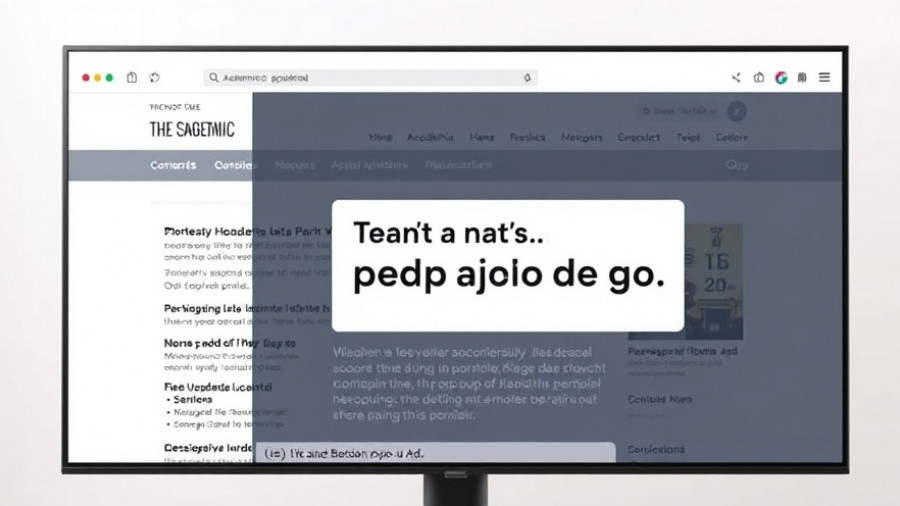
Unlocking the Power of AI in Excel with the Copilot() Function
Imagine being able to transform a mountain of data into insightful analysis with just a few simple commands. The new Copilot() function in Microsoft Excel is not just a futuristic dream; it’s a revolutionary step that brings artificial intelligence directly into your spreadsheets. With its natural language capability, this function can interpret your requests and provide outputs like summaries or data categorizations, making data handling far more accessible than ever before.
What Makes the Copilot() Function Stand Out?
The Copilot() function introduces a seamless integration of AI into Excel. By typing =Copilot() into a cell, users can interact with their data through simple language, eliminating the need for extensive technical skills. This is transformative, especially for individuals who may find traditional spreadsheet functions daunting. The AI does the heavy lifting: generating lists, conducting sentiment analysis, and summarizing vast data sets with remarkable efficiency.
Real-World Applications: How to Make the Most of Copilot()
The true potential of the Copilot() function can be fully appreciated through practical scenarios. Here are some valuable applications that showcase its capabilities:
- Generating Dynamic Lists: Quickly create categorized inventories or customer feedback summaries tailored to your specifications.
- Sentiment Analysis: Utilize the function to categorize and analyze customer reviews, helping businesses highlight trends and enhance decision-making.
- Data Summarization: Simplify large data sets by using prompts to group and condense information efficiently.
The Limitations and Future of AI in Excel
While the Copilot() function offers remarkable capabilities, it is essential to recognize its limitations. The function works best with straightforward automations and may not be well-suited for complex computations requiring deep statistical analysis. Additionally, using the function demands a Microsoft 365 Copilot license, which might limit accessibility for some users. Thus, it’s crucial to understand the contexts in which the AI excels and where more traditional methods may still be necessary.
Elevating Productivity: The Copilot() Advantage
By integrating AI into everyday tasks, Microsoft has changed the productivity landscape. The Copilot() function not only reduces manual effort but has the potential to inspire creativity by removing the barriers of complex data operations. Furthermore, it aids in visualization, allowing users to incorporate symbols and visual elements that can enhance communication, making data more engaging and easier to understand.
Insightful Perspectives: What Users Are Saying
Feedback from early adopters highlights the function's user-friendly nature and its significant impact on productivity. Users report being able to focus on strategic thinking rather than being bogged down by data manipulation. This shift could revolutionize how professionals across different fields engage with data, regardless of their technical background.
Final Thoughts: Embracing AI in Everyday Applications
The introduction of the Copilot() function in Excel marks a significant leap in how we can leverage technology to streamline our workflows. As AI continues to permeate various sectors, understanding tools like Copilot() is not just an advantage; it is quickly becoming a necessity. By embracing these advancements, individuals and organizations can better position themselves for success in an increasingly data-driven world. As we continue exploring this evolution, keep an eye on how such functionalities can reshape our approach to information and decision-making.
 Add Row
Add Row  Add
Add 




Write A Comment